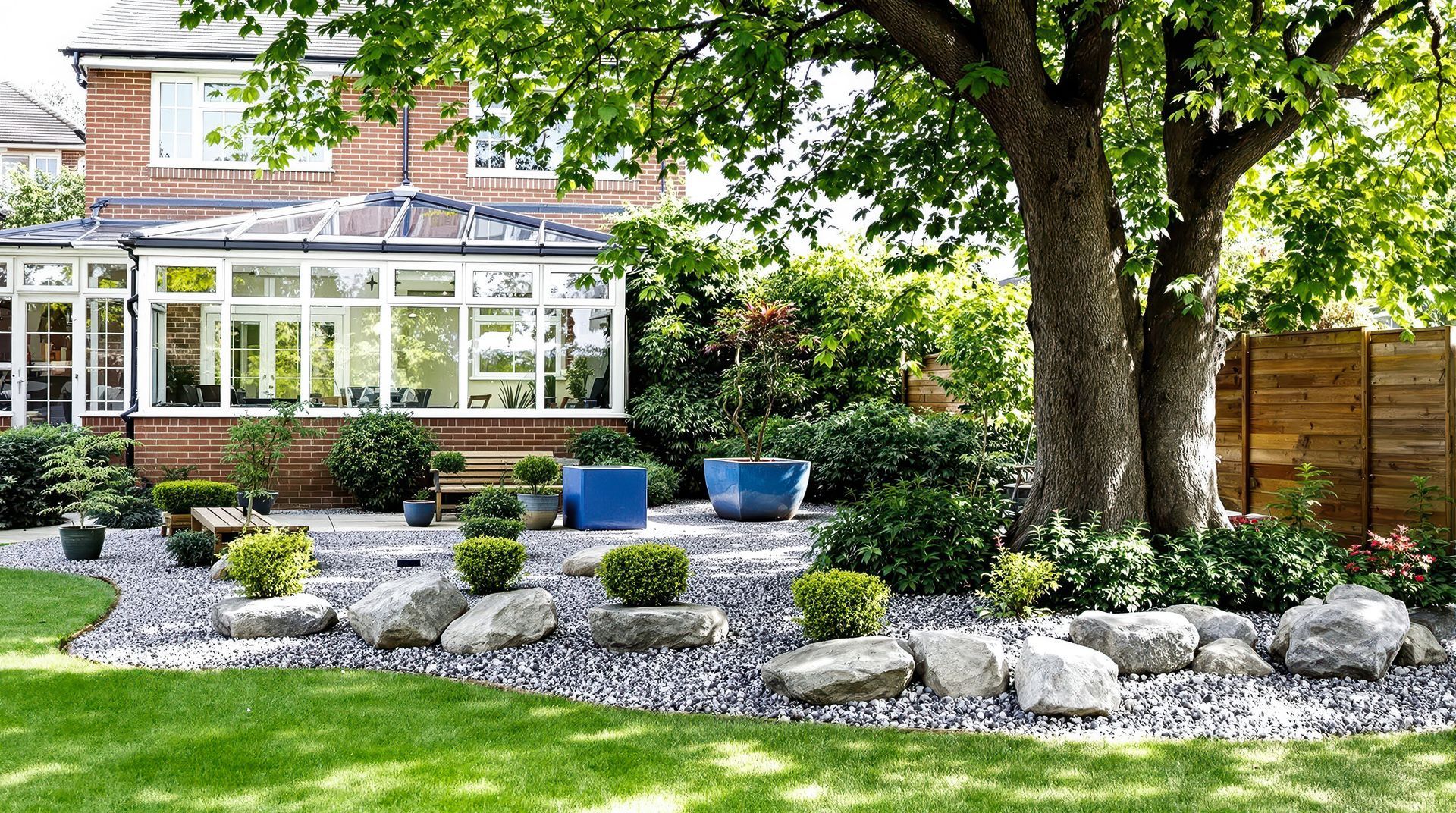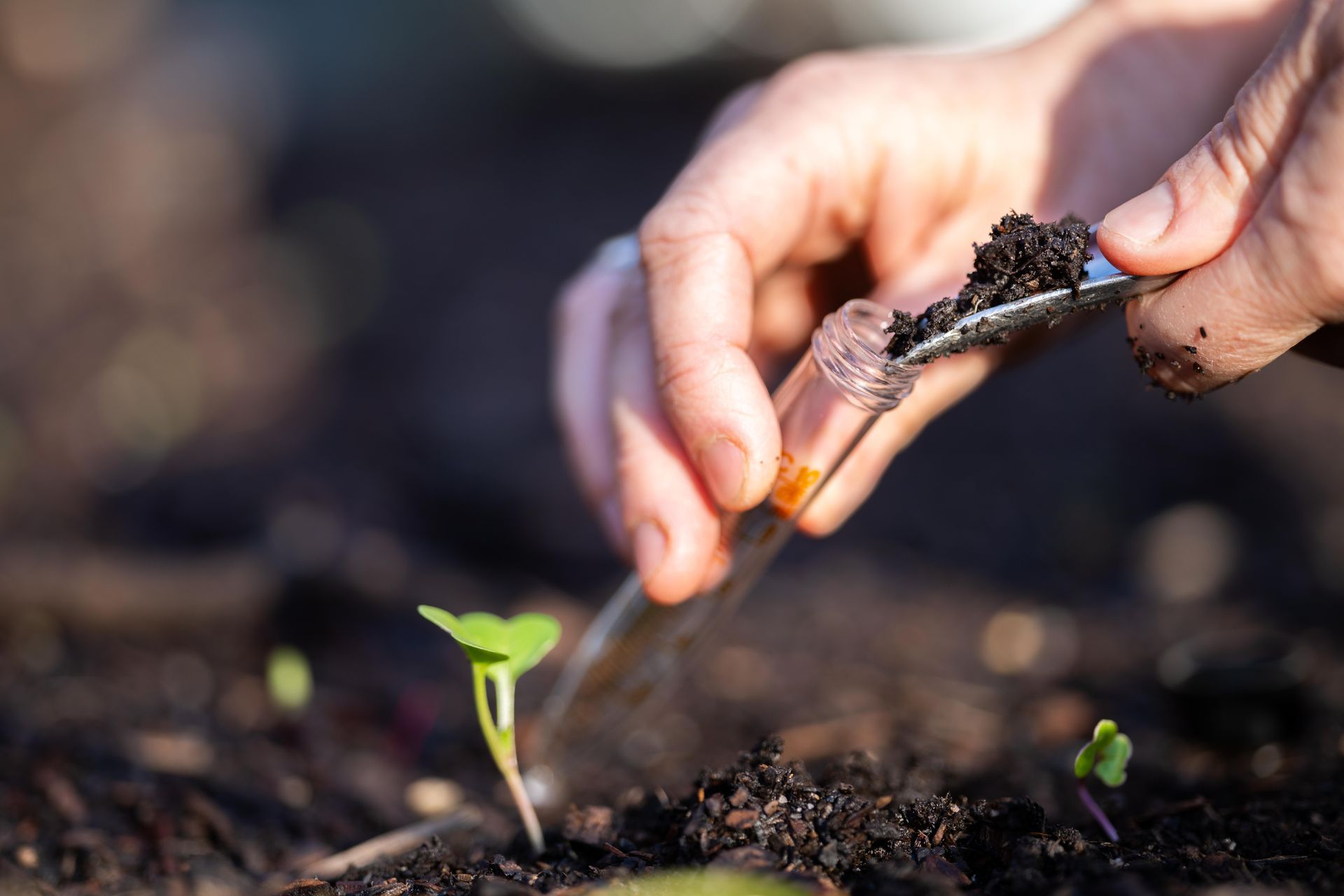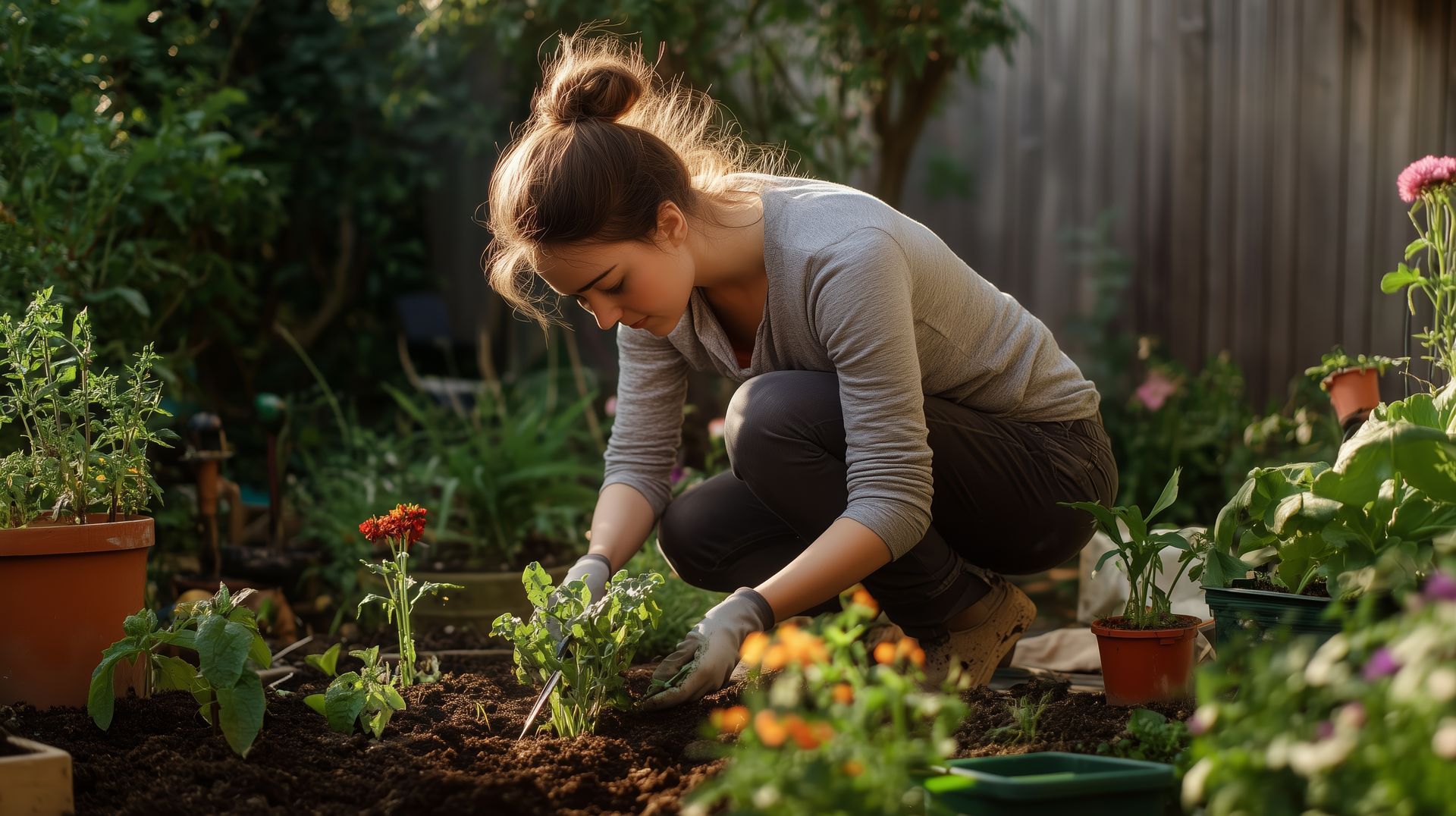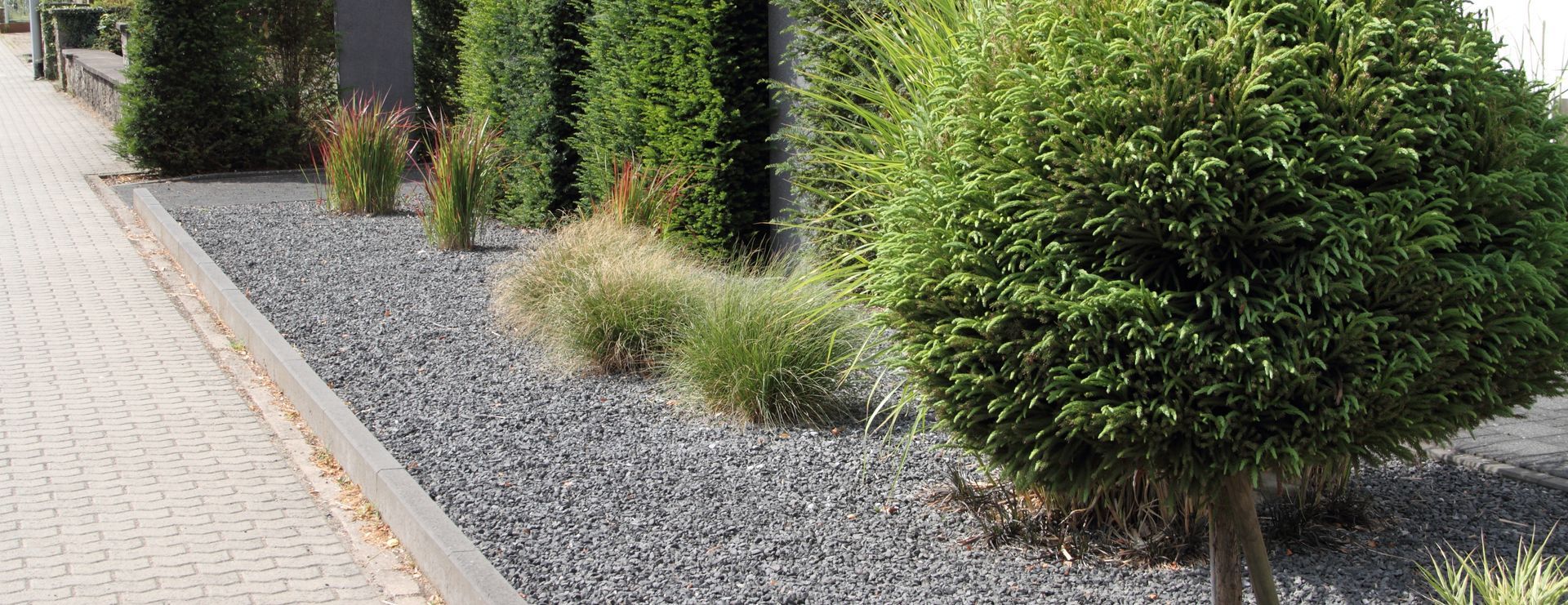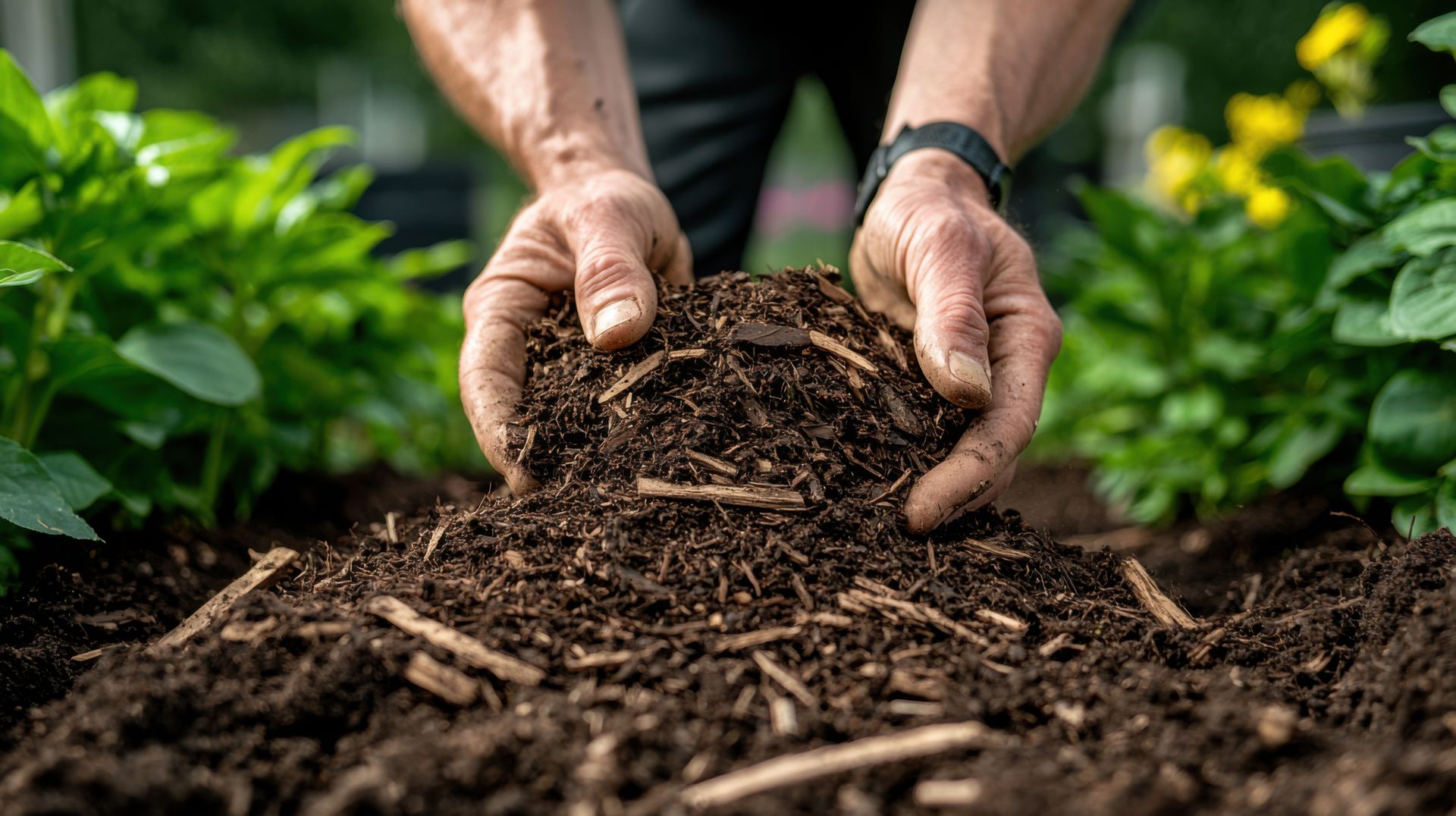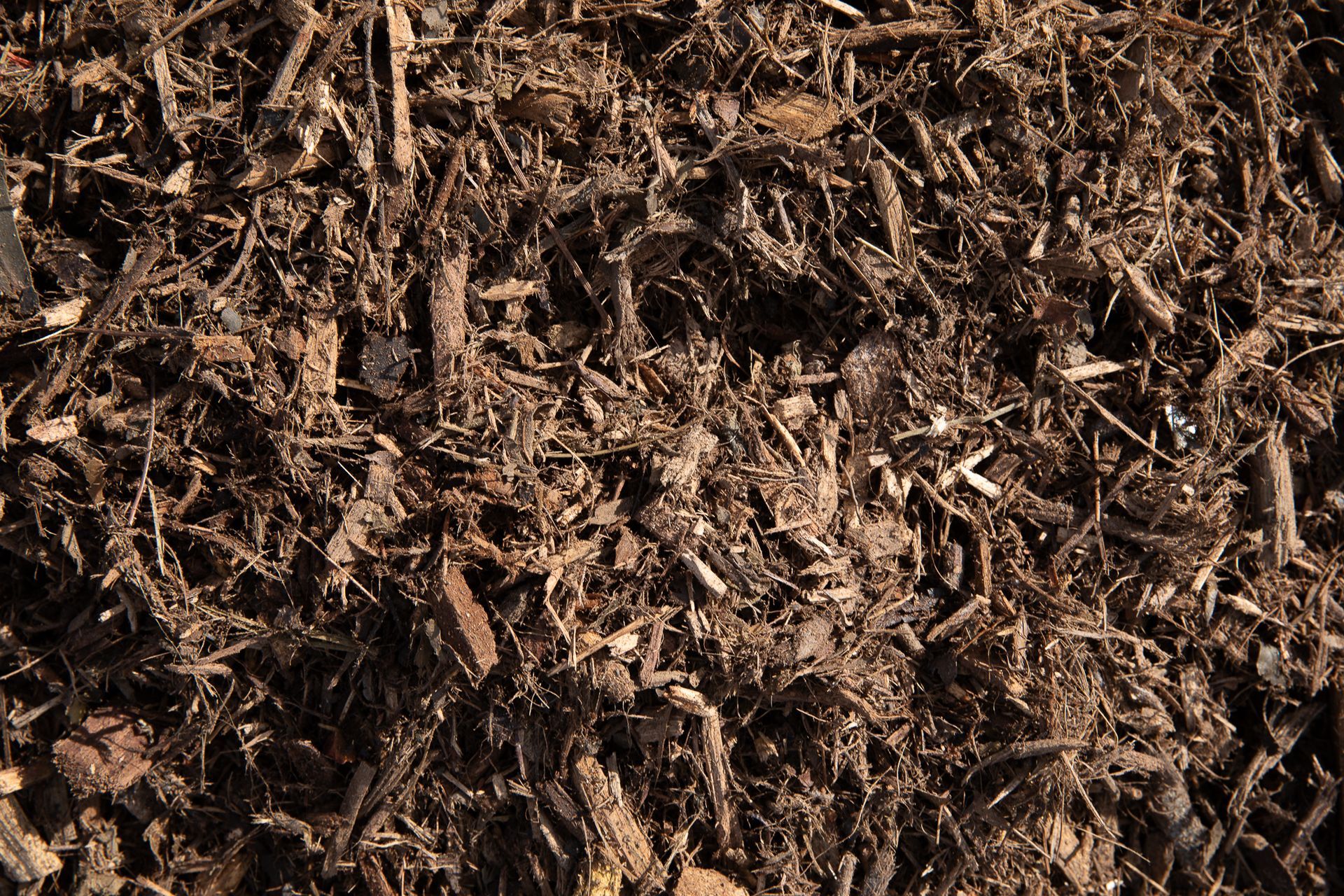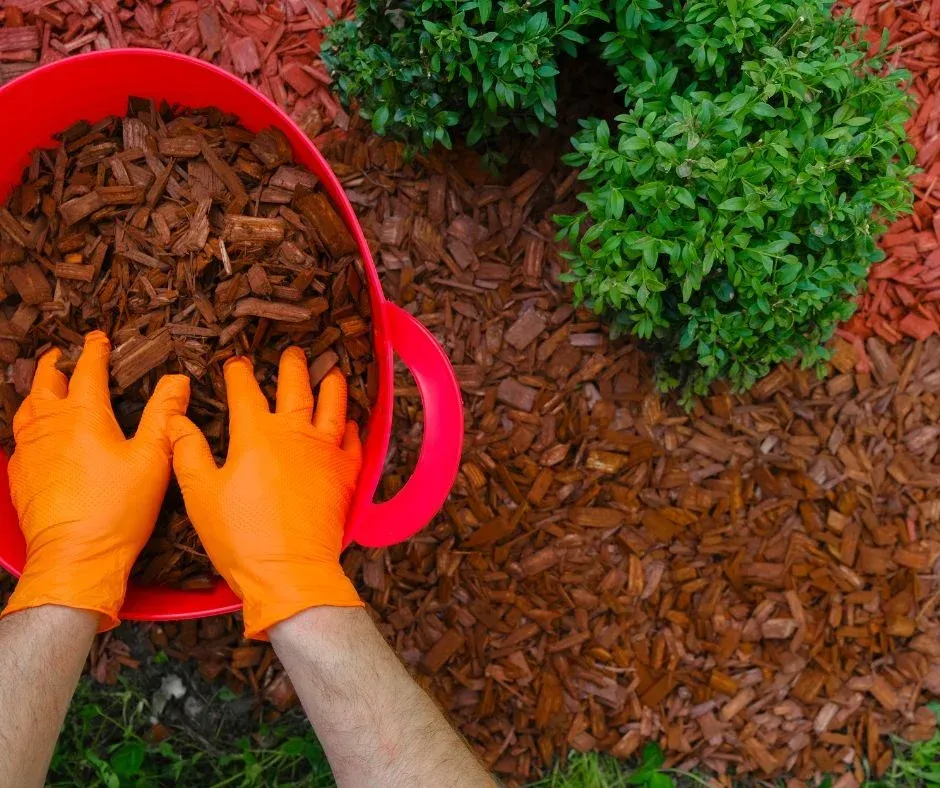Are You Killing Your Plants? Discover the Top 10 Soil Mistakes You Should Avoid!
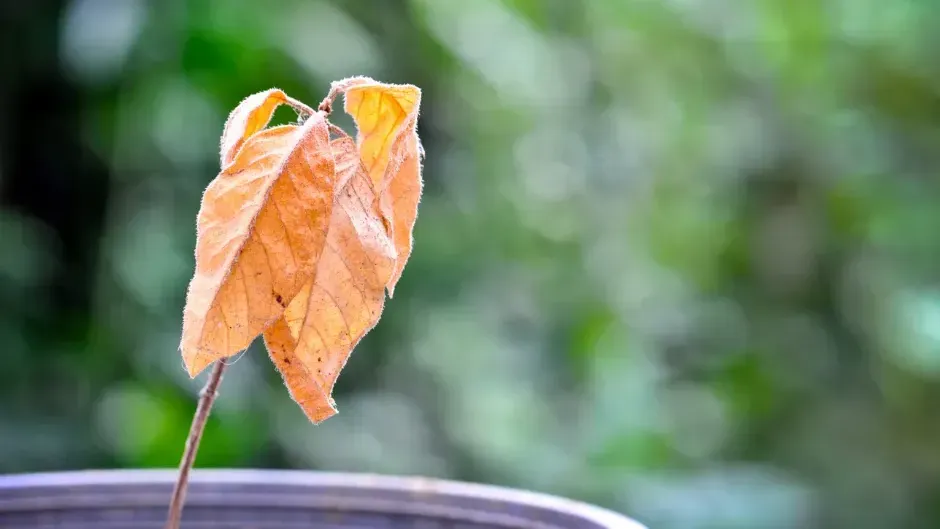
Maintaining healthy plants requires more than just watering and providing ample sunlight. One crucial factor that often goes overlooked is the quality of the soil in which your plants grow. The right soil provides essential nutrients, proper drainage, and a suitable environment for root development. However, many gardeners unknowingly make mistakes when it comes to soil composition, leading to stunted growth, nutrient deficiencies, and even plant death. In this blog, we will uncover the top 10 soil mistakes you should avoid to ensure the well-being of your beloved plants.
- Neglecting Soil Testing: Skipping soil testing is a common mistake. Each plant has specific soil pH and nutrient requirements. By analyzing your soil, you can determine its composition and make necessary amendments to create an optimal environment for your plants.
- Overwatering: Watering is vital, but overwatering can suffocate plant roots, leading to root rot and fungal diseases. Ensure your soil has proper drainage and water your plants only when the top inch of soil feels dry.
- Underwatering: Just as overwatering can harm your plants, underwatering can cause dehydration and nutrient deficiency. Learn to strike a balance by monitoring your plant's water needs based on the type of plant, season, and environmental conditions.
- Using Poor-Quality Soil: Using low-quality soil can hinder plant growth. Invest in a nutrient-rich potting mix or amend your garden soil with organic matter, such as compost, to provide a fertile and well-drained environment.
- Ignoring Soil Structure: Compacted soil restricts root growth and prevents water and nutrients from reaching the plant's roots. Regularly aerate the soil using a garden fork or tiller to improve its structure and promote healthy root development.
- Over-fertilization: While fertilizers are essential for plant growth, excessive or improper use can be detrimental. Always follow the recommended dosage and timing for fertilizing your plants. Over-fertilization can lead to nutrient burn, stunted growth, and even plant death.
- Skipping Mulching: Mulching not only helps conserve moisture but also provides insulation to the soil, regulates temperature, and suppresses weed growth. Apply a layer of organic mulch around your plants to maintain soil moisture and protect the roots.
- Disregarding Nutrient Balance: Different plants require specific nutrients in varying proportions. Understanding the nutrient requirements of your plants and providing a balanced fertilizer helps prevent deficiencies or toxicities. Educate yourself about the macronutrients (nitrogen, phosphorus, and potassium) and micronutrients necessary for healthy plant growth.
- Using Contaminated Soil: Reusing contaminated soil can introduce pests, diseases, or harmful chemicals to your plants. Avoid using soil from sick or pest-infested plants. Instead, start fresh or sterilize the soil before planting to ensure a clean and healthy growing environment.
- Improper pH Levels: Soil pH affects nutrient availability to plants. Some plants thrive in acidic soil, while others prefer alkaline conditions. Test your soil's pH and adjust it accordingly using organic amendments or pH modifiers to create an ideal growing environment for your plants.
By avoiding these common soil mistakes, you can greatly enhance the health and vitality of your plants. Remember to regularly test and amend your soil, provide appropriate watering, choose high-quality soil or amend it with organic matter, maintain proper soil structure, and pay attention to nutrient balance and pH levels. Your plants will reward you with vibrant growth and bountiful harvests, turning your garden into a thriving oasis of greenery. Happy gardening!
North County Supply is the only shop you'll need for all of your landscape material needs!
We carry a wide variety of materials including mulch, playground chips, soil, and more!
Our knowledgeable staff is always happy to help you find what you need and answer any questions you may have.
Call us at 760-744-3444
North County Supply's Service Locations: San Diego, Escondido, San Marcos, Vista, Oceanside, Carlsbad, Chula Vista, El Cajon, Poway, Santee, Encinitas, Valley Center, La Mesa, Temecula, Murrieta, Coronado, Del Mar, Alpine, Lakeside, Fallbrook, Daley Ranch, Hidden Meadows, Menifee, Solana Beach, Carmel Valley, Ramona, Torrey Pines, Rancho Penasquitos.
